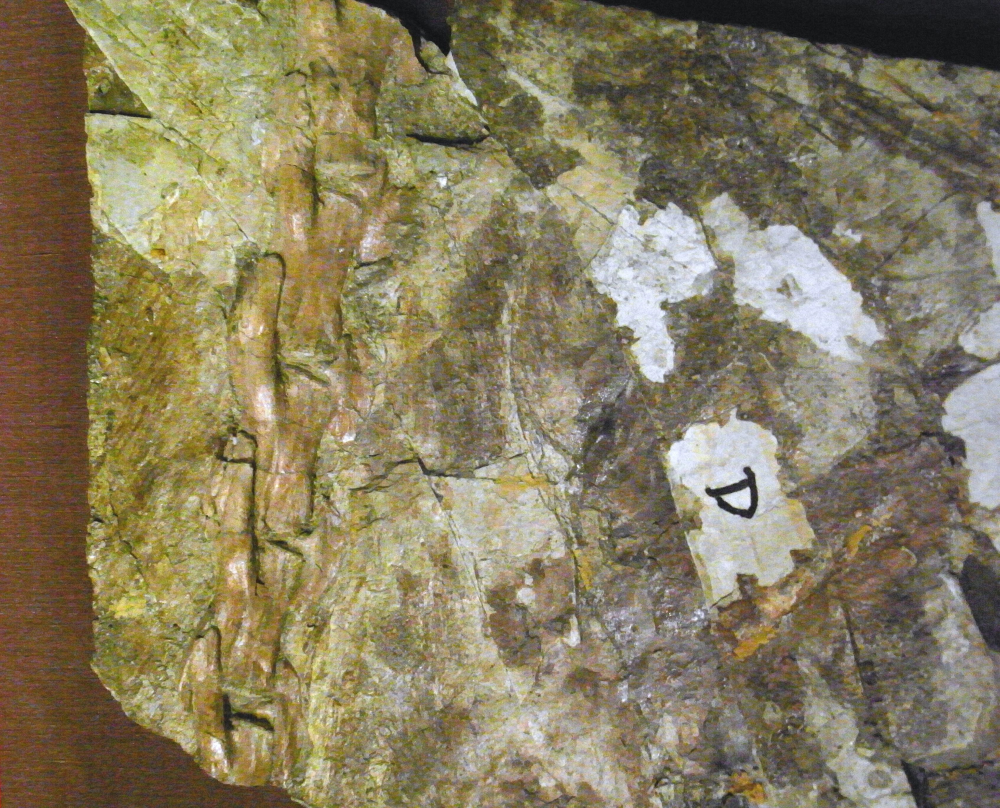That birds are dinosaurs is an idea that was suggested, in not so many words, as far back as the mid-19th Century, but their ancestry was delivered in a sucker-punch of a fossil when the world discovered Archaeopteryx in 1861. Since then, evidence of feathered dinosaurs has cropped up in several groups across the planet, but currently, the title of largest feathered dinosaur goes to Yutyrannus huali.
The theropod group that gave rise to modern birds sits within a group known as the Tyrannoraptors, encompassing everybody’s favorite bipedal predator, Tyrannosaurus rex. Does that mean T. rex was fluffy? It’s an interesting question.
We’ve found T. rex fossils with patches of skin, so we at least know as adults they weren’t fully feathered. However, as a recent “hidden gem” fossil discovery revealed, there were dinosaurs out there rocking the scaly reptile-like skin we more commonly associate with dinosaurs, as well as softer bird-like skin with feathers. A mosaic of prehistoric features, if you please.
Feathered tyrants certainly existed, just look at Dilong paradoxus. Also, a fierce predator, though much, much smaller, it had several features that mirrored T. rex including large jaws and tightly packed front teeth. It also had a thin coat of feathers that scientists think may have helped it stay warm.
Then Yutyrannus huali came along, whose name literally means “beautiful feathered tyrant”. It was described in 2012 after a fossil was purchased from a dealer, becoming the biggest dinosaur discovered to date that we’re certain had feathers because we have fossils providing direct evidence.

We have fossil tail feathers of Yutyrannus, but there were likely other feathered giants we haven’t found direct evidence for just yet.
At around 9 meters (30 feet) long and estimated to have weighed 1,400 kilograms (3,086 pounds), it’s four times heavier than the previous title holder, Beipiaosaurus – a relative of old salad scoops Therizinosaurus, who would top Yutyrannus’s claim if we had direct fossil evidence that it too was feathery.
Whether Yutyrannus huali was partially or completely feathered is still up for debate, but we do know that it had proto feathers that differ from modern feathers. They were long filaments (around 20 centimeters, according to the Australian Museum) that lacked the barbs, barbules, and hooks we see in modern feathers, but are thought to have formed a shaggy coat that would’ve enabled Yutyrannus to keep warm in cold climates.
Yutyrannus lived around 125 million years ago during the early Cretaceous, so it’s possible that feathers as a trait among tyrannosaurs could have been lost by the time T. rex came into the picture. It’s estimated that baby T. rex would’ve been the size of a terrier, and it too may have sported a coat of fuzzy protofeathers. Then, as it reached its teenage growth spurt years (when they triple in size in not very much time), the feathers may have reduced to small patches that could’ve been useful in mating rituals.
One logical reason for doubting that adult T. rex were covered in feathers comes down to their physiology. As T. rex grew, its volume increased significantly more than its surface area (skin), meaning that – metabolically speaking – it wouldn’t have made sense to be covered in feathers as it would’ve been too hot.
T. rex’s issue wasn’t getting cold, quite the opposite. When it was a baby and it had high surface area to body volume ratio, it would’ve benefited from the warmth of that feathery down jacket. That’s likely why feathers evolved in the first place, as a form of thermoregulation for small animals with big surface areas that made it hard for them to retain the heat made by their bodies. That approach likely didn’t vibe with gigantism, however, and so the feathers were lost in some groups but retained by others, including the dinosaurs we share this planet with today.
Still grappling with the concept that birds are dinosaurs? Subscribe to receive CURIOUS, IFLScience’s e-magazine, and you can catch our July issue cover story: Do We Still Live In An Age Of Dinosaurs?
Source Link: The Largest Feathered Dinosaur Was A 9-Meter-Long Bipedal Predator